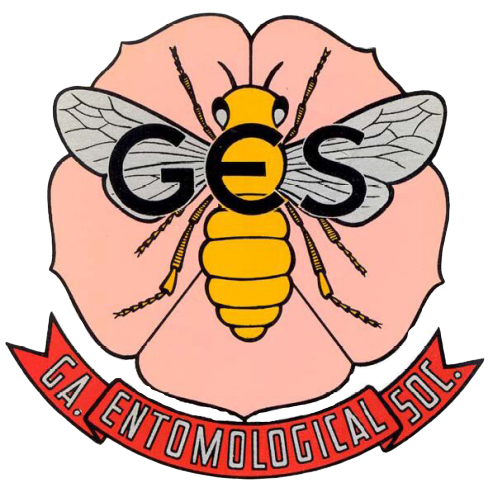LABORATORY EVALUATION OF BIOLOGICAL ACTIVITY OF CINNAMOMUM CASSIA TO FOUR SPECIES OF STORED-PRODUCT INSECTS1
Dry bark and oil of Cinnamomum cassia Blume were evaluated for their biological activity against the adults of Callosobruchus maculatus (F.), Sitophilus oryzae (L.), Lasioderma serricorne (F.) and Tribolium confusum Jacquelin du Val. The acetone extract of the bark provided practically no contact toxicity to C. maculatus and T. confusum up to 50 μg/insect, but gave weak toxicity to S. oryzae and L. serricorne at 48 h after topical treatment, while the oil showed no toxicity to C. maculatus, very weak toxicity to T. confusum, and moderate toxicity to S. oryzae and L. serricorne at 30 and 50 μg/insect, respectively. Both the extract and the oil, applied to wheat at 0.2, 0.1 and 0.05% by weight, showed significant repellency against S. oryzae adults with the oil providing greater repellency than the extract. The repellency decreased as the concentration of treatment decreased. Both the extract and the oil provided the repellency to T. confusum when applied to paper. At the application rates of 600 and 400 μg/cm2, the extract showed a class III average repellency for 4 months. Repellency of the oil deteriorated at a faster rate, and showed only a class II average repellency for 4 months at the same dosages.
Contributor Notes
1 Mention of a commercial or proprietary product does not constitute a recommendation or an endorsement by the USDA.
